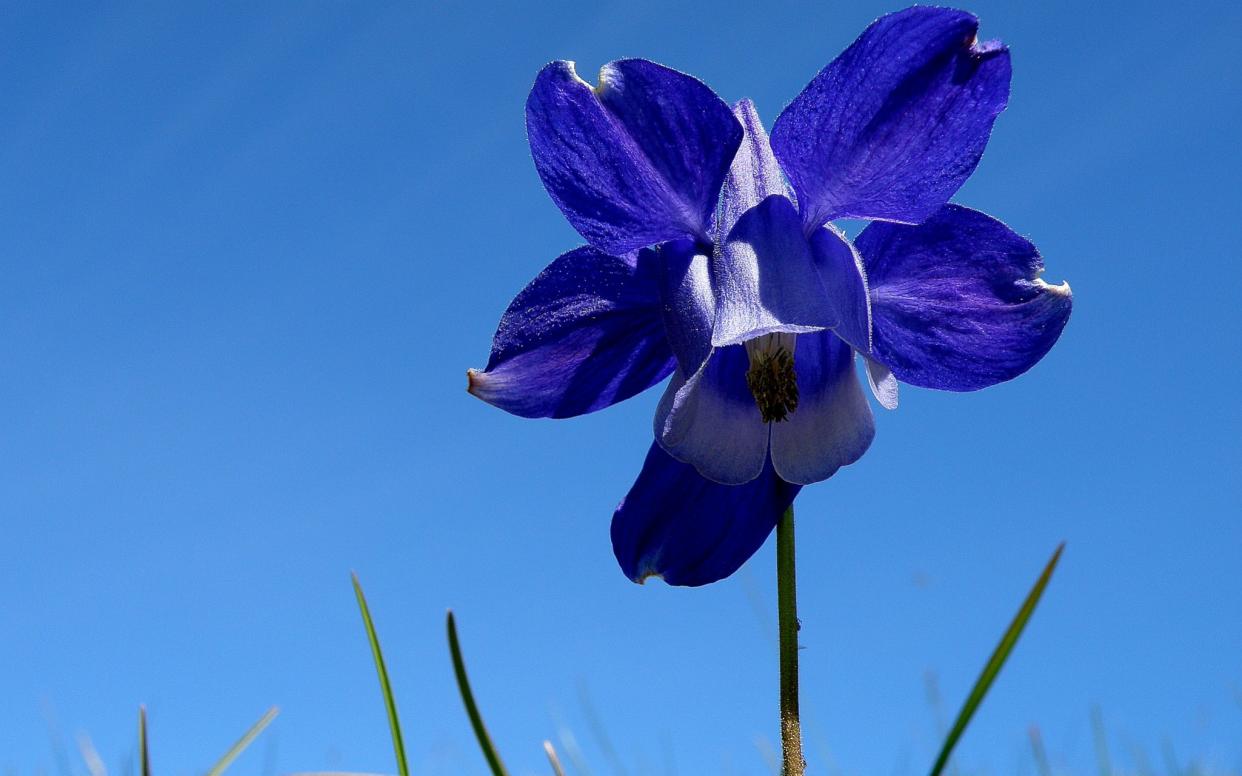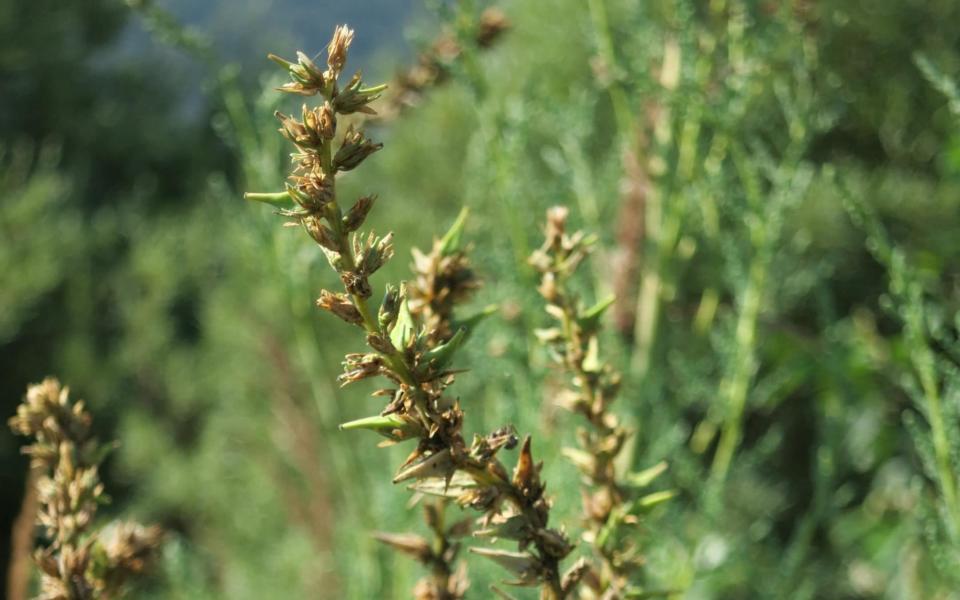Blue-flower bias hindering conservation as scientists prefer prettier plants

A bias towards blue plants is damaging conservation efforts, scientists say, as experts choose species to study based on appearance.
Researchers examined 113 Alpine plants, concluding that taller, prettier plants with more prominent flowers received outsize attention in scientific papers.
Blue was the most popular colour, followed by white and red or pink, and plants with smaller flowers were also more often studied by scientists in 280 papers published since 1975.
Plants with "unique ecological traits and ecosystem functions" could be neglected because of human biases, the paper in the journal Nature Plants warned.
Lead author Dr Martino Adamo, of the University of Turin, said yellow or paler-coloured plants were more common in the region, meaning that blue plants could be more likely to catch people's eyes.
He warned that threats to less-studied species could be missed if not enough is known about them. "It's not a criticism of other scientists' works, but it's just a reflection to say we have to understand if this is a real problem.
"If we know nothing about a species, we can't know if maybe it is endangered, because we have no studies about it," he said.
Plants such as the Fritillaria involucrata, which is brown, and the Berardia lanuginosa, which is yellow, each had very few studies dedicated to them, Dr Adamo said, while the blue Gentiana ligustica was much more closely studied.

Animals already dominate conservation interest and funding, the paper said, with "plant blindness" limiting concern for flora.
"This disparity translates into serious real-life impacts, as it affects the knowledge base of conservation and its policies," the authors warned.
Conservation funding also tends to be concentrated towards "charismatic" animals at the expense of crustaceans and insects, previous studies have found.
Last year an examination of EU conservation projects found that almost a quarter of Europe’s vertebrates received funding compared with 0.06 per cent of invertebrates.

